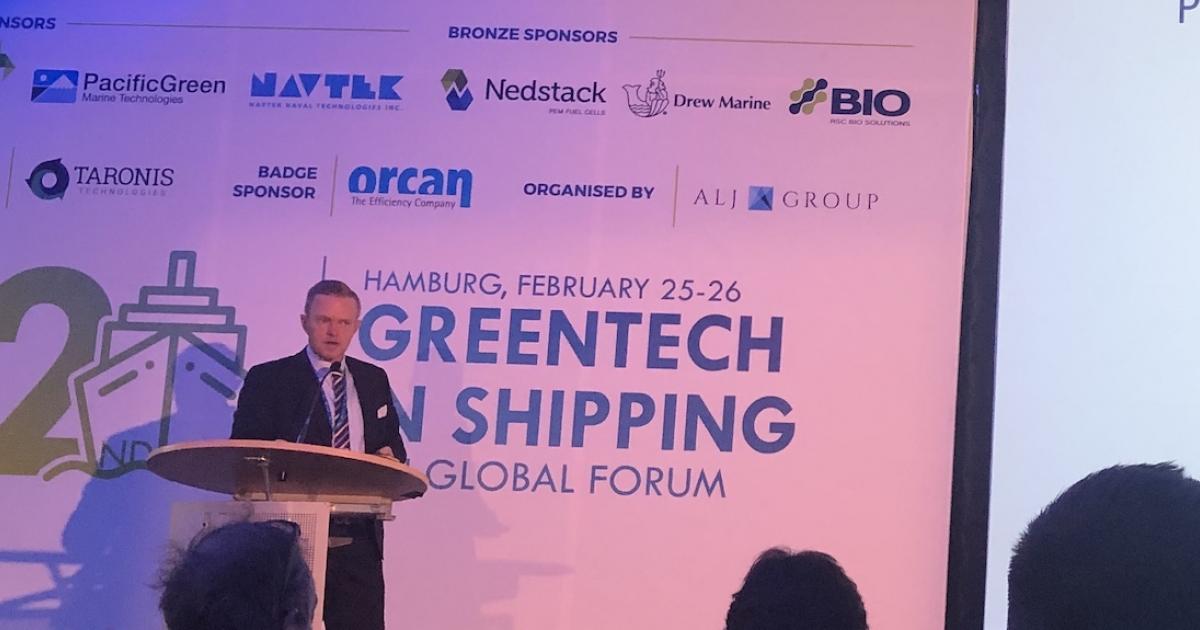Quarter of a century in TMC’s Greek service
For 25 years, Alpha Marine Engineering has been TMC Compressor’s exclusive representative in...
By: TMC on Apr 16, 2020 12:00:00 AM

Earlier this spring, TMC’s director of sales and business development, Hans Petter Tanum, presented at GreenTech in Shipping in Hamburg.
His key message was that there are green technologies available, but that the industry as a whole needs to move from words to action to a much larger degree than what it currently does. Hence the title of Tanum’s presentation: “From walk to talk: embracing available green shipping technologies”.
“There are green technologies available that can help drive down shipowners’ costs, comply with international legislation and help reduce the shipping industry’s climate footprint. However, the current contracting model between shipowners, shipyards, ship designers and charterers is suboptimal if we want to capitalise on these technologies, to the benefit of shipowners’ profit margins as well as our planet,” says Hans Petter Tanum.
Tanum used an example from his own company, TMC to illustrate the latter point. Smart Air compressors are compressors that has up to 50 percent lower energy consumption than standard marine compressors, with associated substantial reductions to fuel usage, operating expenditure and emissions to air. On a container ship, this represents savings up to USD 15 500 annually, and a reduction of CO2 emissions of approximately 32,500 tonnes per annum.
Still, only the most environmentally conscious shipowners choose the environmentally friendly – and cost-friendly – Smart Air compressors.
“I genuinely believe the entire shipping industry would move in a greener direction if we simply moved away from the old transaction-based contracting model to a more collaboration-based model between shipowners, yards and key suppliers, similar to what we have seen in the oil industry. This could be a step in the right direction of making shipbuilding and lifecycle operations more cost efficient, thereby also reducing the industry’s environmental impact significantly,” adds Tanum.
For 25 years, Alpha Marine Engineering has been TMC Compressor’s exclusive representative in...
TMC supports WWF’s work towards zero vision for harmful waste to the oceans!
The maritime industry transition into a future where greener technologies are essential for...